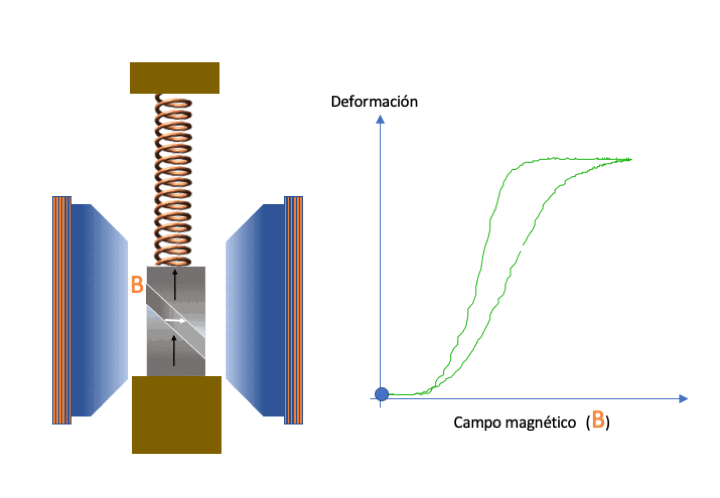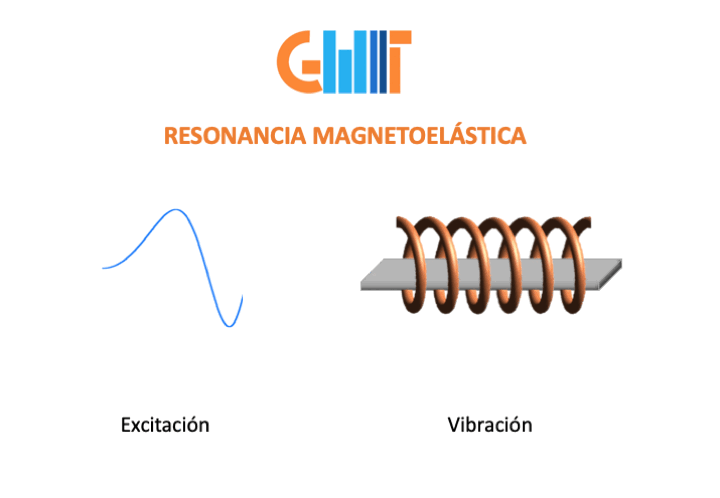Research Lines

Magnetotactic bacteria as theranostic agent: Magnetotactic bacteria are aquatic microorganisms that swim along the geomagnetic field, using a chain of magnetic nanoparticles as a compass needle. The different species of magnetotactic bacteria synthesize perfectly stoichiometric magnetite nanocrystals, with genetically controlled sizes and shapes, surrounded by a biocompatible membrane, making them ideal for biomedical use. This research line is oriented in two complementary directions: first, the thorough study of the magnetic properties of these biosynthesized nanoparticles, and second, the exploitation of magnetotactic bacteria as a therapy agent such as a microrobot for localized drug delivery and magnetic hyperthermia

Ferromagnetic Shape Memory Alloys (FSMA): FSMA are active materials that develop high recoverable shape changes under the effect of mechanical stress or magnetic field in very short times (a few milliseconds). Due to their remarkable properties in actuation, vibration damping and sensing have permeated into many industries, such as the biomedical, energy or aerospace. The main objective of this research line is the combination of applied and fundamental research to improve the material performances and the comprehension of the involved physical processes

Magnetic sensors: We design magnetic sensors based mainly on two different phenomena Giant Magneto Impedance (GMI) and Magnetoelastic (ME) effects. GMI produces huge changes in the electric impedance of a soft magnetic material and provides excellent sensitivities to small magnetic fields. ME effect consists in the magnetic state of some materials being altered by mechanical action and vice versa. When driven to resonance it is an extremely sensitive effect. Beside, Magnetoelectric composites are also multifunctional materials with outstanding sensitivity for sensors and excellent performance as energy harvesters.
